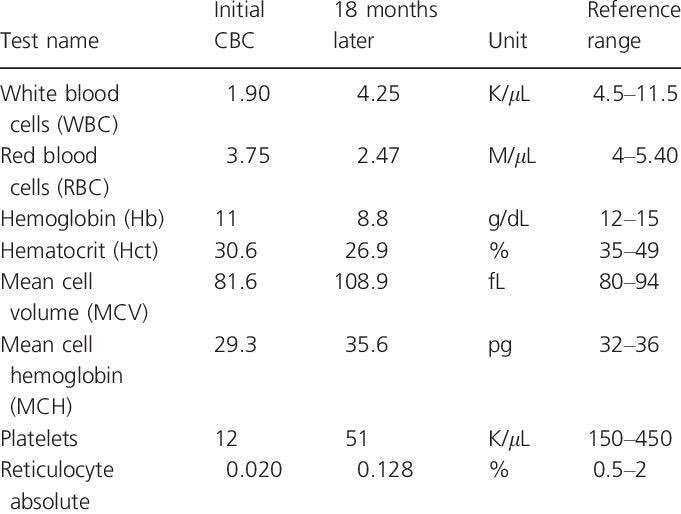
Causes of decreased oxygen include smoking, exposure to carbon monoxide, high altitude, and chronic lung disease, which leads to a mild hemoconcentration of blood in the body to carry more oxygen to the body’s tissues. Dehydration from diuretic use, vomiting, diarrhea, excessive sweating, severe burns, or decreased fluid intake decreases the plasma component of whole blood, thereby increasing the ratio of RBCs to plasma, and leads to a higher than normal Hgb. Causes: Polycythemia can be caused by dehydration, decreased oxygen levels in the body, and an overproduction of red blood cells (RBCs) by the bone marrow.Treatment: Treatment of anemia depends on the cause.Symptoms: Symptoms of anemia (due to these causes) include anxiety, dyspnea, edema, fatigue, hypertension, hypotension, hypoxia, jugular venous distention, pallor, rales, restlessness, and weakness.Hemodilution can be caused by heart failure, chronic kidney disease, polydipsia, and overhydration. Increased blood cell destruction can be caused by a hemolytic reaction, chemical reaction, medication reaction, and sickle cell disease. Decreased blood cell production can be caused by folic acid deficiency, vitamin B 12 deficiency, iron deficiency, and chronic disease.

Other causes of blood loss include menstrual excess or frequency, gastrointestinal bleeding, inflammatory bowel disease, and hematuria. Causes: Anemia can be caused by blood loss, decreased blood cell production, increased blood cell destruction, and hemodilution.Policies vary among facilities and may include requesting immediate recollection and retesting by the laboratory. A listing of these findings varies among facilities.Ĭonsideration may be given to verifying the critical findings before action is taken.
#Signs and symptoms of low hematocrit and hemoglobin professional
Timely notification to the requesting health-care provider (HCP) of any critical findings and related symptoms is a role expectation of the professional nurse.

Greater than 20 g/dL (SI: Greater than 200 mmol/L).Less than 6.6 g/dL (SI: Less than 66 mmol/L).Values are slightly lower in older adults.Reference range values may vary between laboratories.Ĭritical Findings and Potential Interventions Hct: SI Units Volume Fraction (Conventional Units × 0.01) Hgb: SI Units g/L (Conventional Units × 10)


 0 kommentar(er)
0 kommentar(er)
